1 Comment
21-year-old Finish photographer Konsta Punkka takes breathtaking pictures of nature and lifestyle. Punkka manages to capture the animals from so close, it’s unbelievable. His secret? He brings snacks to the photoshoots and feeds them to the animals.
More info: Instagram | 500px Source: boredpanda.com Researchers have developed a new kind of synthetic creature, using the heart cells of a rat to make a robotic stingray that follows light.
Created by bioengineer Kit Parker from the Wyss Institute at Harvard University. The cyborg stingray, which weighs just 10 grams and is only about the size of a small coin, is made from a gold skeleton overlaid with a thin layer of stretchy polymer. This body, designed to emulate the shape and fins of a real ray, is coated in approximately 200,000 living rat heart cells, called cardiomyocytes. These muscle cells were genetically engineered to respond to light cues, to prompt the fin movements that help propel the robot through water. When stimulated by light, the cardiomyocytes contract and push the fins downwards. Source: sciencealert.com Counting CFU (Colony-Forming Units) is a really tedious and error prone routine during biological experiments. To address this, MediXgraph developed an App (CFU Scope) which can accurately calculate the number of colonies in an agar plate. It usually takes several minutes to count one plate manually. With this App, it can be done automatically within 3 seconds. This can saves a lot of time for personnel in biological labs.
Download the app: http://medixgraph.com/cfuscope_mobile Contar UFC (unidades formadoras de colonias) es una rutina muy tediosa y es una actividad propensa a errores durante los experimentos biológicos. Para solucionar esto, MediXgraph desarrolló una (Alcance CFU) App que puede calcular con precisión el número de colonias en una placa de agar. Por lo general toma varios minutos para contar una placa de forma manual. Con esta aplicación, se puede hacer de forma automática en aproximadamente 3 segundos. Esto puede ahorrar mucho tiempo para el personal de laboratorios biológicos. Descarga la aplicación: http://medixgraph.com/cfuscope_mobile |
Blog Archive
|
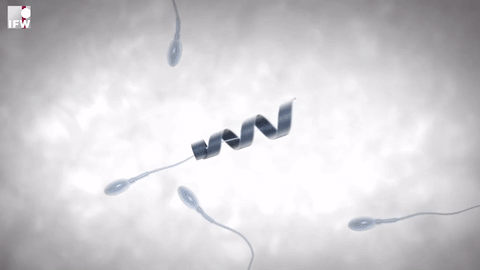












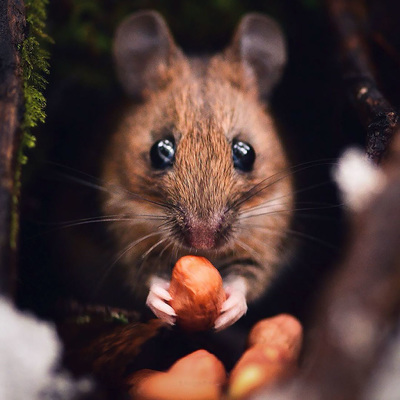

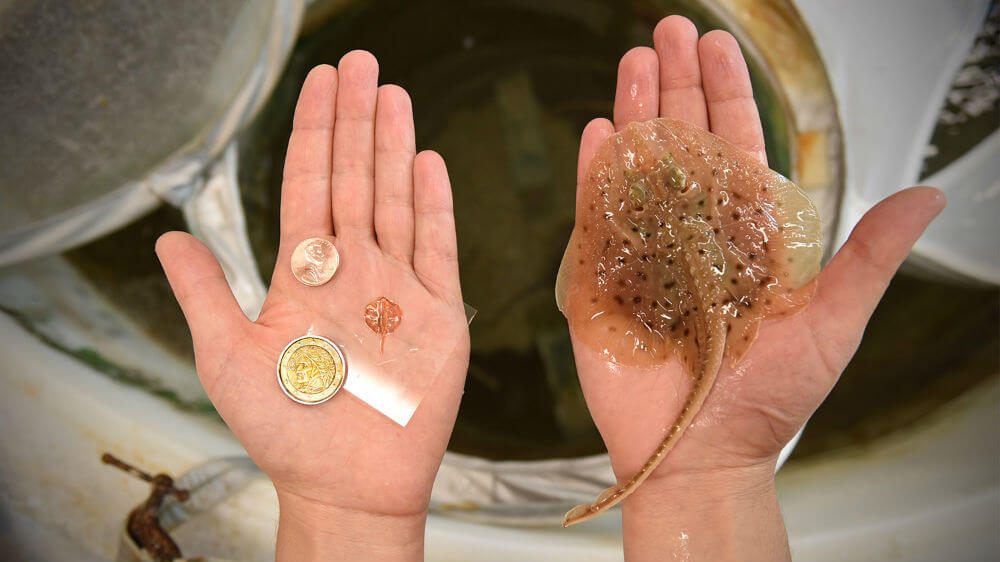
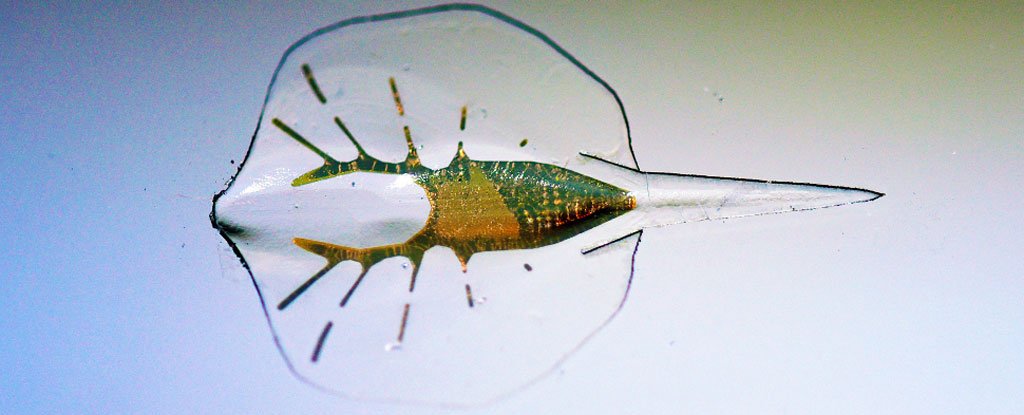
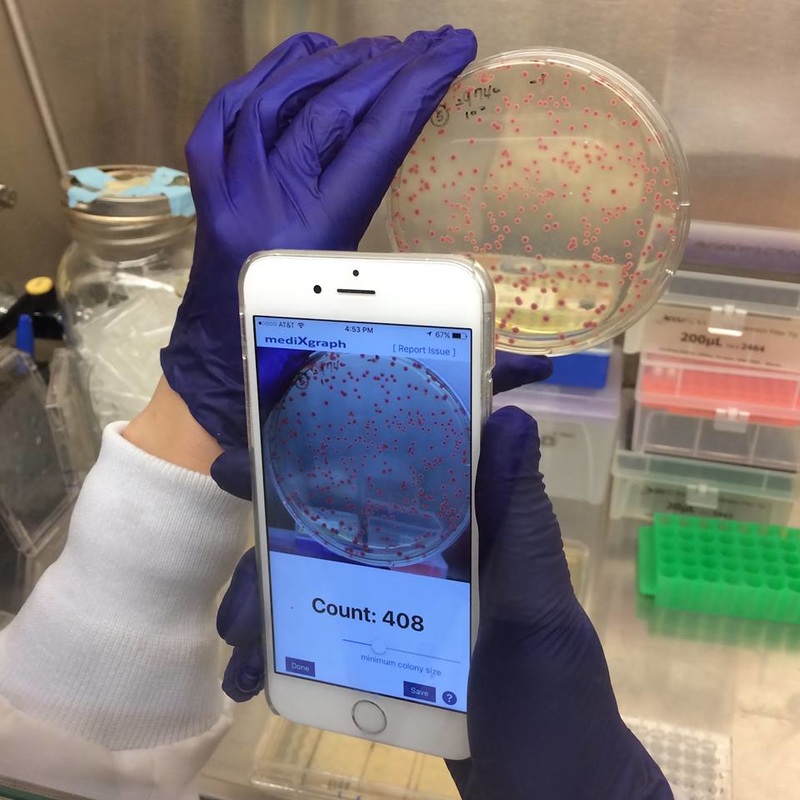
 RSS Feed
RSS Feed
